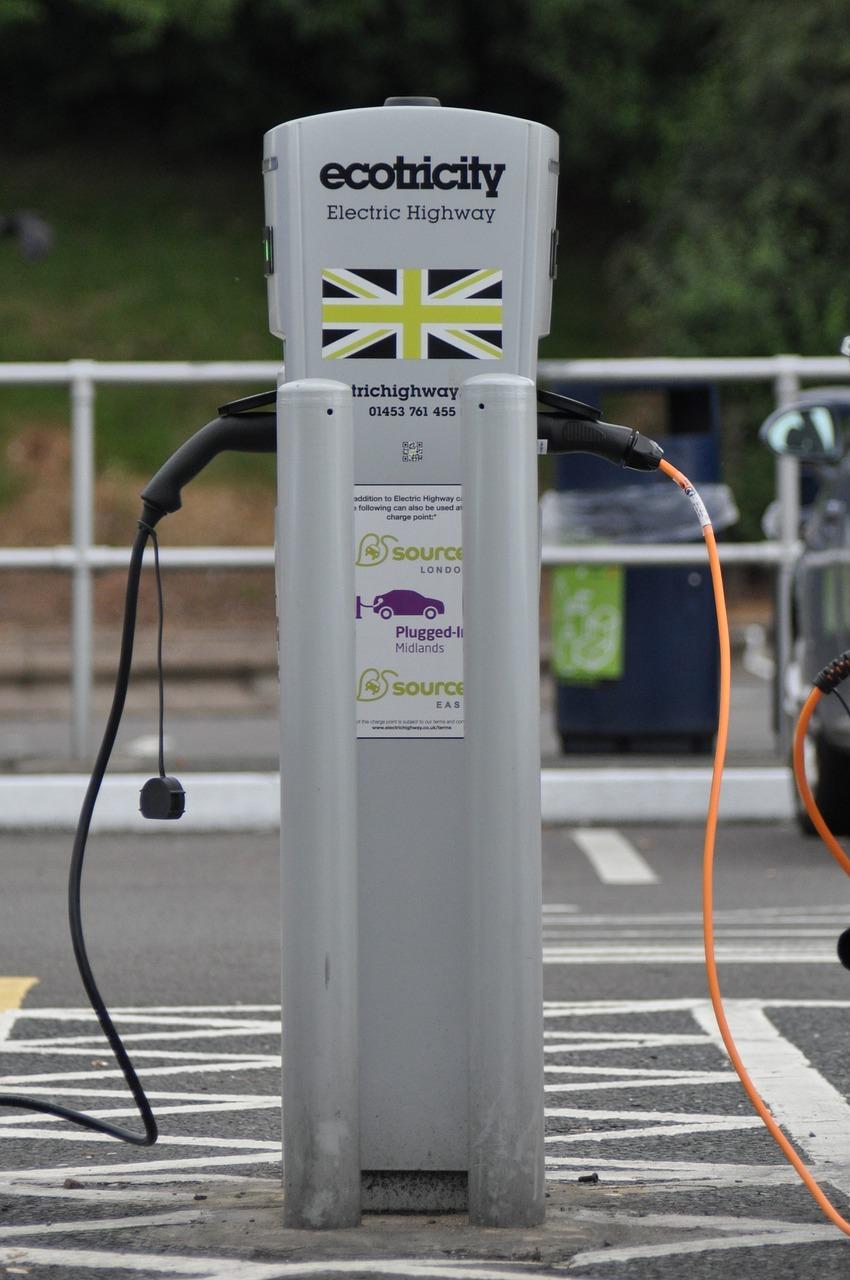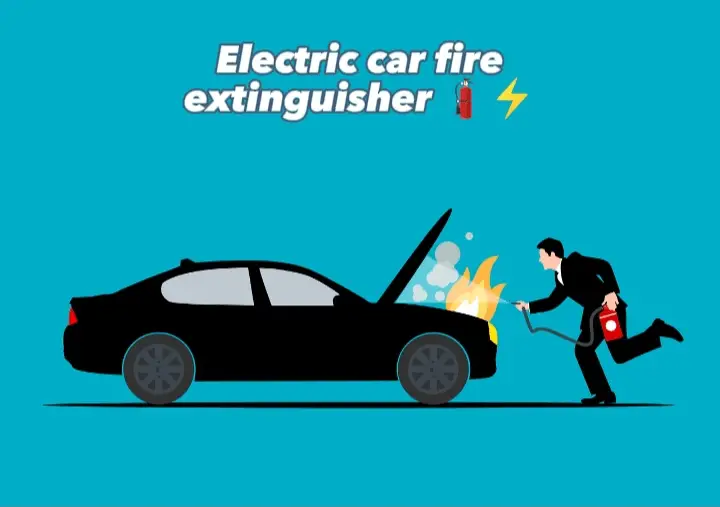In an era where environmental consciousness is at its peak, the future of EV charging is thriving alongside the electric vehicle (EV) industry. As more and more people opt for eco-friendly transportation solutions, the demand for efficient and accessible EV charging infrastructure is on the rise. In this article, we will delve into the future of EV charging, exploring the trends and innovations that are shaping the way we charge our electric vehicles.
Contents
Understanding the Current Landscape
Understanding the condition of EV charging now is crucial before moving further. EV charging stations are currently more prevalent than ever, yet there are still obstacles to be addressed. The range of charging standards, charging speed, and accessibility are some of these challenges. A number of exciting advancements are planned to solve these problems.
High-Speed Charging Networks
Supercharging Stations for All
The development of high-speed charging networks is one of the biggest trends in EV charging. Supercharging stations, which may offer a sizable charge in a matter of minutes, were invented by companies like Tesla. Regardless of the manufacturer of their car, all EV drivers can anticipate these superchargers being more widely available in the future.
Ultra-Fast Charging Technologies
Technologies being developed for ultra-fast charging might cut down on charging times even more. Thanks to a number of advancements, such as graphene batteries and smart power electronics, EVs will be more feasible than ever.
Enhanced Accessibility
Charging Infrastructure Expansion
Governments and commercial organizations are collaborating to upgrade the infrastructure for charging EVs to accommodate the rising number of EV customers. More urban, interstate, and isolated places will get charging stations as a result. Making EV charging available at petrol stations similar to current ones is the aim.
Wireless Charging Solutions
Wireless charging is another fascinating innovation that will shape the future of EVs. Imagine parking your EV over a charging pad in your garage or at a parking lot, and it automatically starts charging without any physical connection. The user-friendliness of this technology is anticipated to increase in the upcoming years.
Sustainable Power Sources
Solar-Powered Charging
Solar-powered charging stations are growing in popularity as sustainability continues to be a top priority. By using solar energy to power EV charging stations, carbon emissions are decreased and the process is more environmentally friendly.
Vehicle-to-Grid Integration
EVs may now use power and, when necessary, return it to the grid thanks to advancements in vehicle-to-grid (V2G) technology. Both EV owners and the general energy system gain from this two-way interaction.
Smart Charging Solutions
AI-Powered Charging
Artificial intelligence (AI) is making its way into EV charging. AI algorithms can predict optimal charging times, manage energy demand efficiently, and even suggest the most cost-effective charging stations.
Mobile Apps and Payment Integration
The experience of charging an EV is increasingly dependent on mobile apps. Users can locate charging stations, check availability, and make payments seamlessly through these apps.
Conclusion
EV charging has a bright future, no question about it. Electric vehicles will soon be even more practical and eco-friendly because of high-speed charging networks, improved accessibility, sustainable power sources, and intelligent charging solutions. Everybody’s transition to electric vehicles will be made easier as we develop and the EV charging experience will alter.
FAQs
1. How fast are high-speed charging networks?
Depending on the capacity of the EV and charger, high-speed charging networks can offer a considerable charge in as short as 15 to 30 minutes.
2. Are wireless charging solutions safe?
Yes, wireless charging options are created with security in mind and put through a thorough testing process to make sure they pass.
3. How do solar-powered charging stations work at night or on cloudy days?
The extra energy produced during sunny hours is frequently stored in energy storage systems (such as batteries) so that it may be used at night or on overcast days.
4. Can I use any mobile app to find and pay for charging stations?
Many mobile apps are available, but it’s advisable to use apps provided by reputable charging networks for a seamless experience.
5. What are the benefits of V2G technology?
With the use of V2G technology, EV owners may generate income by returning excess energy to the grid, cutting their overall energy bills, and promoting grid stability.




